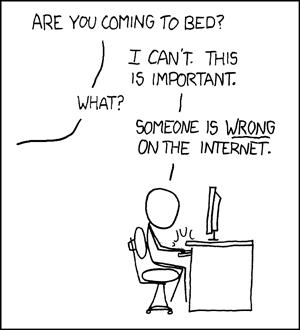Nobody likes a smart aleck so I’ve been trying to keep quiet about this since I first saw Pearl Izumi’s “Legal Doping Coffee”, but the legalistic black-and-white Aspergerish side of me can’t let this go.
This is Pearl Izumi’s Legal Doping Coffee, and I got a chuckle out of it. But what’s wrong with the claims on the front of the package?

Pearl Izumi claims “This product is guaranteed to be untraceable by the International Cycling Union and the World Anti Doping Agency.” Can this be true?
While the World Anti-Doping Agency (WADA) removed caffeine from its banned products list in 2004, they still monitor its use. Caffeine is, in fact, completely traceable with standard panels in use by drug labs and its usage is reported in aggregate form to the International Cycling Union (UCI) on an annual basis.
The WADA wryly reports, “The 2010 and 2011 Monitoring Programs did not reveal global specific patterns of misuse of caffeine in sport, though a significant increase in consumption in the athletic population is observed.”
Why does WADA allow caffeine in competition? Besides its nearly universal use by athletes, the WADA removed caffeine because evidence for its supposed ergogenic benefit is mixed at best. Above the threshold of casual use, research seems to show caffeine can decrease performance.
Collegiate and high school cycling
Collegiate cycling is governed by the rules of USA Cycling (and hence WADA). Even when their sponsoring school is a member of the NAIA or NCAA, cycling is not an official for either intercollegiate athletic association. It’s of interest to note, however, that the NCAA restricts caffeine to below 15 ug/ml in urine. You’d have to ingest 1000 mg of caffeine within in an hour or so to to reach that level. That’s something like ten cups of brewed coffee, which, according to coffee lover Chris, is likely enough to make you feel too sick to compete.
The National Interscholastic Cycling Association (NICA), which governs high school mountain bike competition, bans caffeine use completely. This policy came about because of energy drink abuse a few years ago in Northern California, when young teens would drink themselves to a sugary caffeine buzz. I’m not aware of any drug testing at this level of competition; enforcement is mostly by local coaches and event organizers and occurs mostly on an honor system. From what I’ve seen, stopping at a Starbucks on the way to the meet for a Frappuccino is tolerated, while chugging three cans of Monster immediately before a race can earn you a time penalty on the race.
Have a cuppa
It’s legal to drink coffee, tea, yerba matte, and commercial energy drinks
I don’t know anything about the roast used in Pearl Izumi’s coffee, but the packaging as a blood bag is kind of cute if gimmicky. $15 for a 12 oz bag of beans is at the high end of the price range for premium coffee — but I think it makes a fun gift and part of the proceeds goes to flood relief in Boulder County, Colorado. You only have a few days before Christmas so check the shipping time to make sure you’ll receive this in time.
H/T to Jonathan Maus for his thoughts on coffee and intercollegiate cycling..
